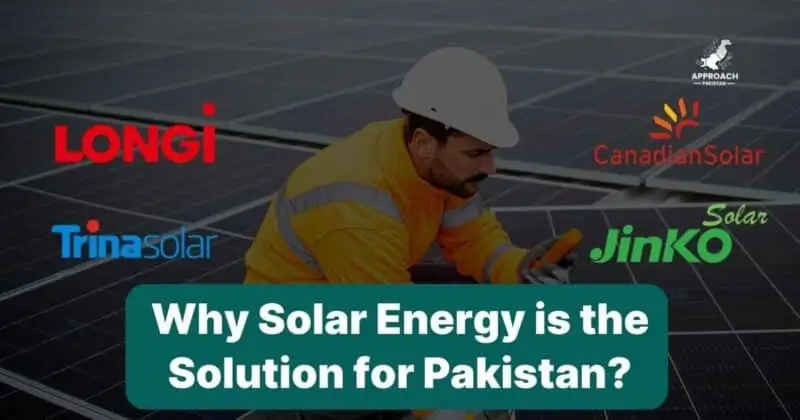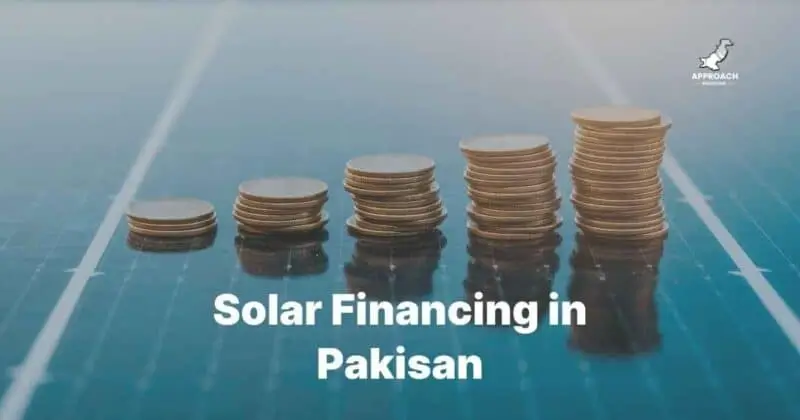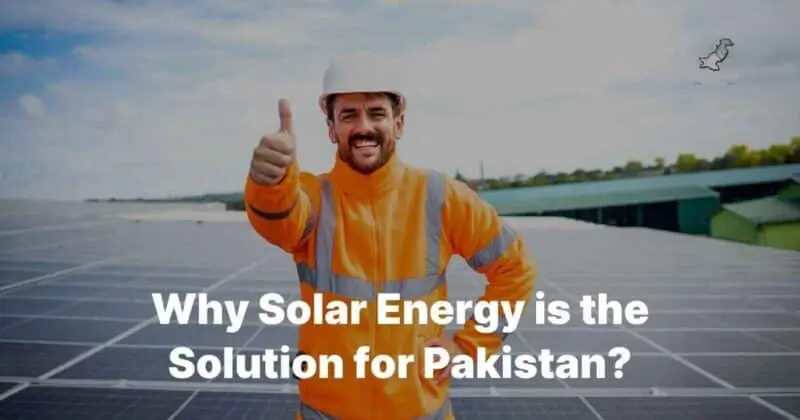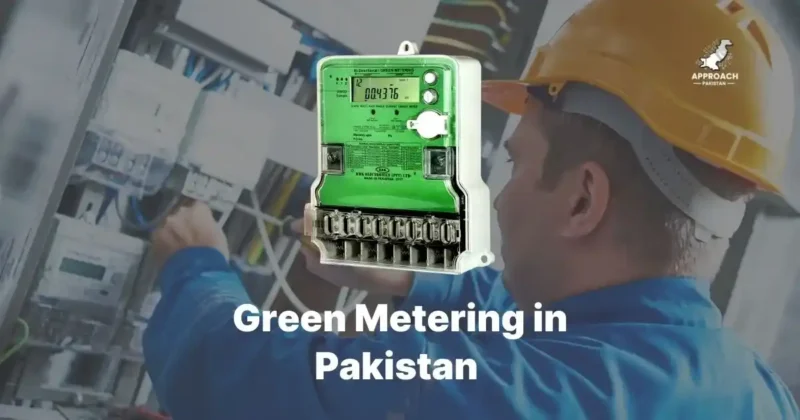Solar Water Heater Guide 2025 | Installation & Buying Tips
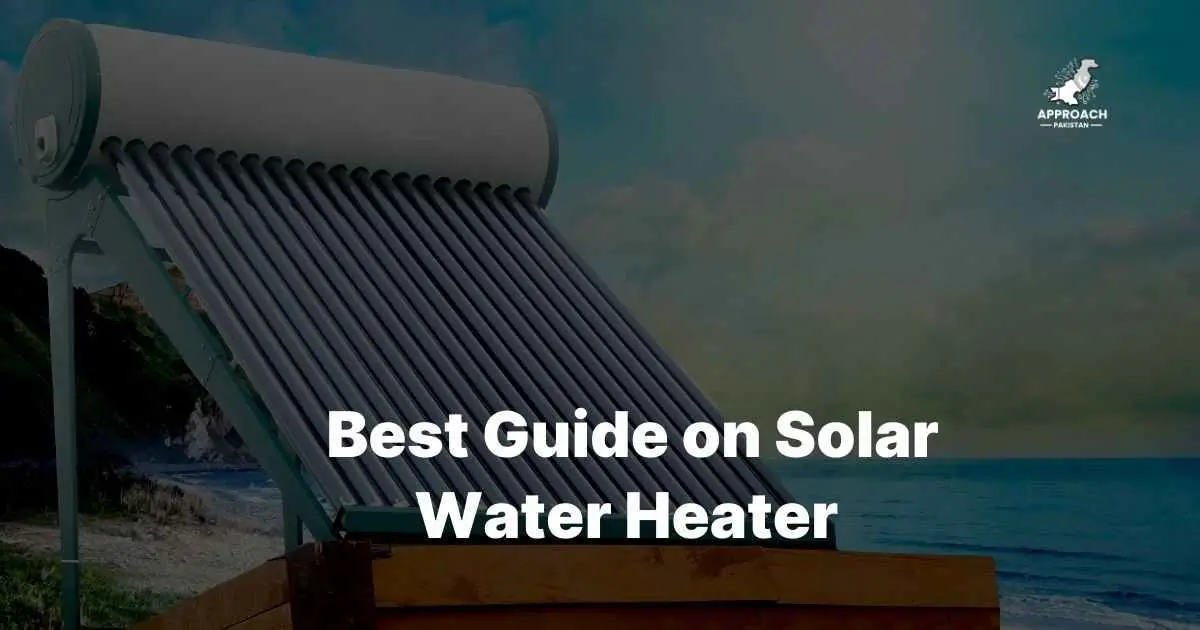
Tired of skyrocketing electricity bills and power cuts? A solar water heater slashes your energy costs by 70-80% and provides hot water even during outages. This guide helps you pick the right system, avoid scams, and enjoy reliable hot water—rain or shine.
What is a Solar Water Heater?
A solar water heater uses sunlight to heat water, stored in an insulated tank. It’s cheaper, eco-friendly, and works without electricity.
Key Components:
- Controller (Automates temperature)
- Solar Collectors (Flat Plate vs. Evacuated Tubes)
- Storage Tank (50L to 300L capacity)
- Heat Transfer System (Pipes & Pumps)
How Does a Solar Water Heater Work?
Sunlight heats water in collectors, which flows into a tank. A backup heater kicks in if needed.
Backup – Electric/gas heater for cloudy days.
- Sunlight absorption – Collectors trap solar energy.
- Heat transfer – Water or antifreeze circulates.
- Storage – Hot water stays in an insulated tank.
How Does a Solar Water Heater Work?
Sunlight heats water in collectors, which flows into a tank. A backup heater kicks in if needed.
Backup – Electric/gas heater for cloudy days.
- Sunlight absorption – Collectors trap solar energy.
- Heat transfer – Water or antifreeze circulates.
- Storage – Hot water stays in an insulated tank.
Types of Solar Water Heaters
| Type | Best For | Pros | Cons |
| Flat Plate | Hot climates | Durable, low maintenance | Less efficient in cold weather |
| Evacuated Tube | Cold climates | High efficiency, works in winter | More expensive |
| Active (Pump-Based) | Large households | Faster heating, better flow | Needs electricity |
| Passive (Gravity) | Small homes | No pumps, reliable | Slower heating |
Solar Water Heater Benefits
- Saves 70-80% on bills (Example: A 200L system cuts PKR 3,000/month in electricity.)
- Works during power cuts (No grid dependency.)
- 20+ year lifespan (Long-term savings.)
- Govt. subsidies (Up to 30% tax credits in some regions.)
Complete Buying Guide 2025
Step 1: Calculate Your Needs
- 1-2 people: 100L
- 3-4 people: 200L
- 5+ people: 300L+
Step 2: Compare Brands
| Brand | Price (200L) | Warranty |
| Dawn | PKR 85,000 | 10 years |
| Sunjex | PKR 95,000 | 12 years |
Step 3: Avoid Hidden Costs
- Maintenance (~PKR 2,000/year)
- Installation (~PKR 15,000)
Solar Water Heater Installation Guide
Hire a certified installer—roof angle, piping, and insulation matter.
Steps:
- Connect to tank (Insulate pipes to prevent heat loss.)
- Site inspection (South-facing roof ideal.)
- Mount collectors (30° tilt for best sun exposure.)
Solar Water Heater Cost Analysis 2025
| System Size | Price Range (PKR) |
| 50L | 45,000 – 60,000 |
| 100L | 65,000 – 85,000 |
| 200L | 90,000 – 120,000 |
Payback Period: 3-5 years (vs. electric geyser).uction may reduce import dependency by 2026.e without generator costs. Solar levels the playing field for rural entrepreneurs.
Maintenance and Troubleshooting
- Monthly: Clean dust from collectors.
- Yearly: Check antifreeze levels (for closed-loop systems).
- Common Issues:
- No hot water? Check pump or thermostat.
- Leaks? Inspect pipes and valves.
Climate-Specific Considerations
- Cold areas: Evacuated tubes + antifreeze.
- Hot areas: Flat plate collectors.
- Coastal regions: Rust-proof materials.
Performance Optimization Tips
- Insulate pipes (Reduces heat loss.)
- Use timers (Heat water during peak sunlight.)
- Add a backup heater (For monsoon season.)
Conclusion and Action Steps
- Calculate your needs (Use the size guide.)
- Compare brands (Check warranty and reviews.)
- Get quotes (Avoid hidden costs.)

